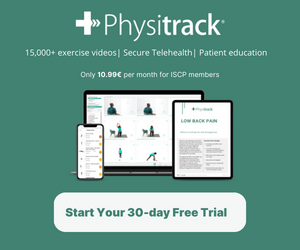Pregnancy and post-natal (post-baby) issues commonly include pain in the low back, hips, groin and hands, as well as pelvic floor problems such as incontinence and prolapse. Pelvic floor muscle exercises are often an important part in helping many of these issues. Every person is different so finding out why you have a problem is essential to proper recovery.
How can physiotherapy help me during pregnancy?
During pregnancy many changes occur to the body, including an increase in hormone levels and alterations in body shape. Combined with the increased load on the body from the growing baby, this can result in strains to joints and muscles. Therefore, pelvic girdle pain, low back pain, shoulder, rib and middle back pain and incontinence can occur. Physiotherapy treatments may include:
• educating you on what is wrong and why
• advice on your posture
• assessment and exercises to help strengthen and coordinate your abdominal and pelvic floor muscles
• using certain belts or compression pants
• treatment such as massage or ultrasound
• advice on using heat and ice
• activities and positions you should avoid to help decrease your pain.
How can physiotherapy help me after having a baby?
After having a baby, there are a variety of other issues you may be suffering from. Physiotherapists can help by:
• doing a thorough assessment on your abdominal and pelvic floor changes that have occurred as a result of pregnancy, labour and delivery
• examining your bladder or bowel issues
• educating you about your problem and what treatment will be best to help you
• giving you exercises to improve posture, pelvic floor muscle function and coordination, and helping you return safely back to your sport or favourite exercise
• giving you breastfeeding support and treatment for mastitis and blocked ducts
• supplying supportive braces or devices
Pelvic Floor Exercises
The pelvic floor muscles are like a trampoline and work to support the bladder, vagina, womb and rectum, holding them in the correct place. These muscles should react automatically to close the bladder outlet when you cough or sneeze. During childbirth, these muscles can be damaged and the muscles are no longer as effective at controlling the bladder outlet.
• Lie on your back with your knees bent or sit in a chair with your back supported
• Imagine that you are trying to stop yourself from passing wind and at the same time trying to stop your flow of urine mid-stream. The feeling is one of ‘squeeze and lift’. Closing and drawing up the back and front passages
• Build this up to holding for 10 seconds and repeat 10 times. As the muscles get stronger you will feel a stronger squeeze and lift
• Now do some quick strong lifts of your pelvic floor. Repeat until the muscles get tired.
• Keep breathing normally
• Try to avoid clenching your buttocks or legs
• Relax the muscles completely after each exercise
For a list of Chartered Physiotherapists specialising in women’s health contact [email protected]
Useful Links and Resources
Care of Your Body in Pregnancy leaflet
Postnatal Exercises and Advice leaflet
Disclaimer
The content on this page is provided for general information purposes only and is not meant to replace a physiotherapy or medical consultation. The ISCP is not responsible for the content of any external sites, nor should selection be seen as an endorsement of them.



